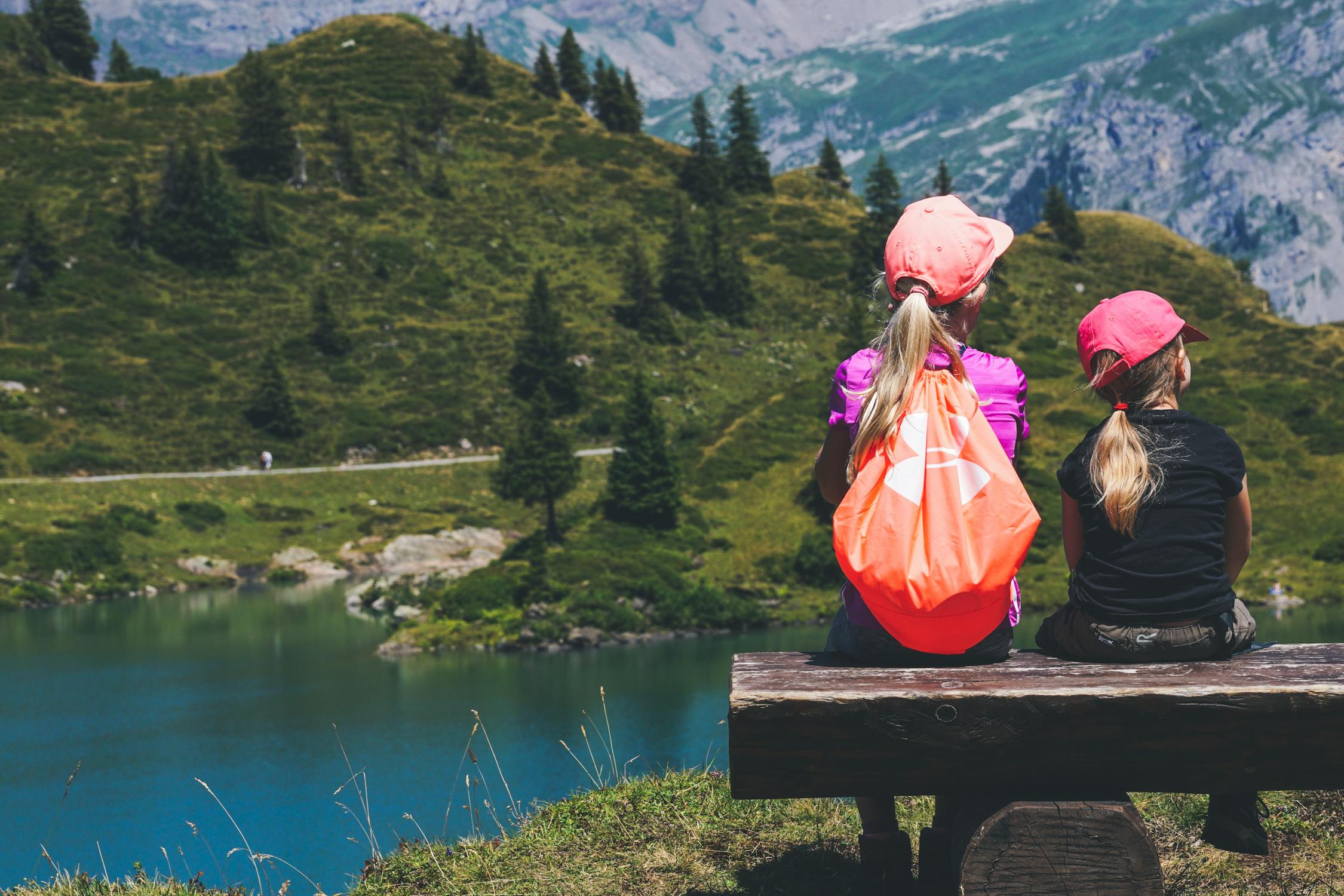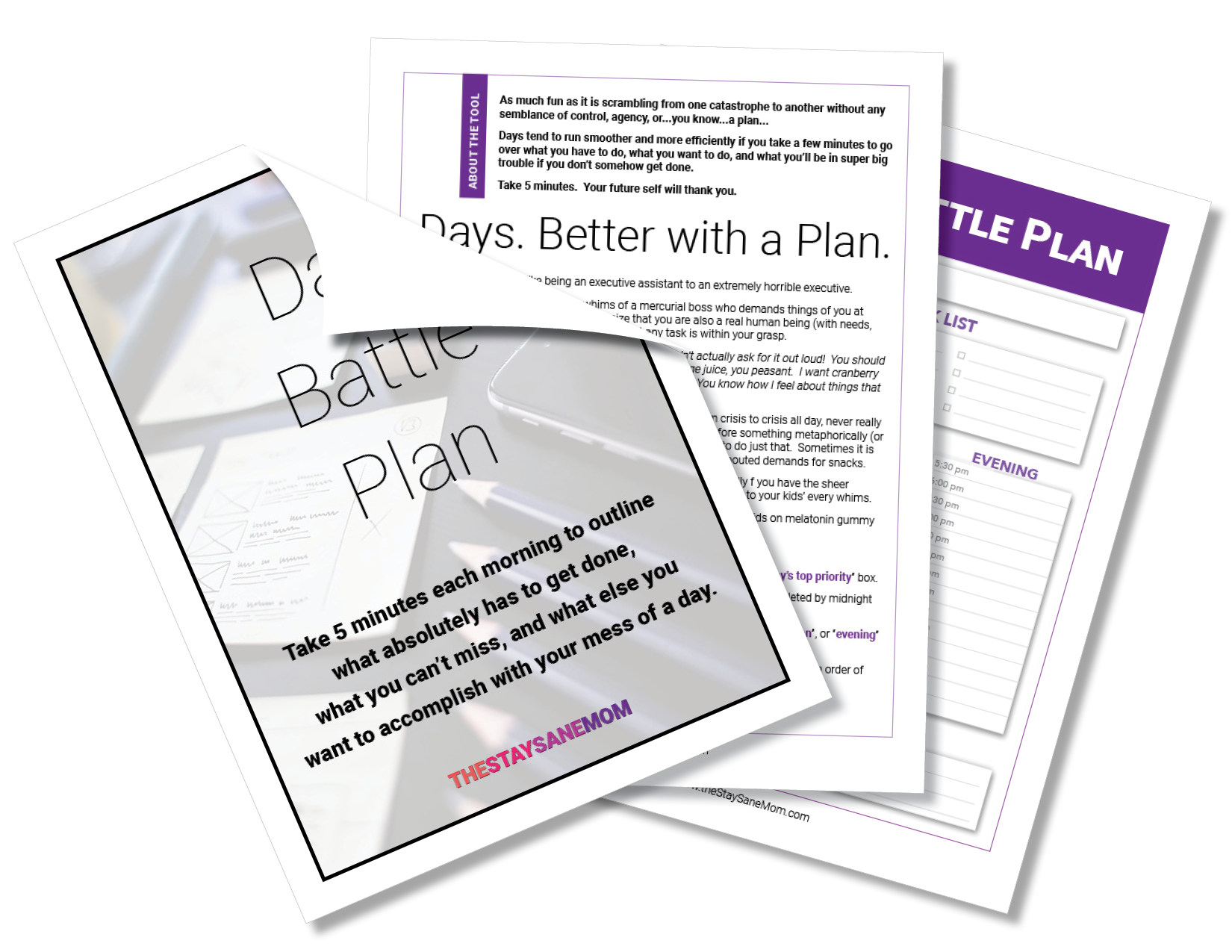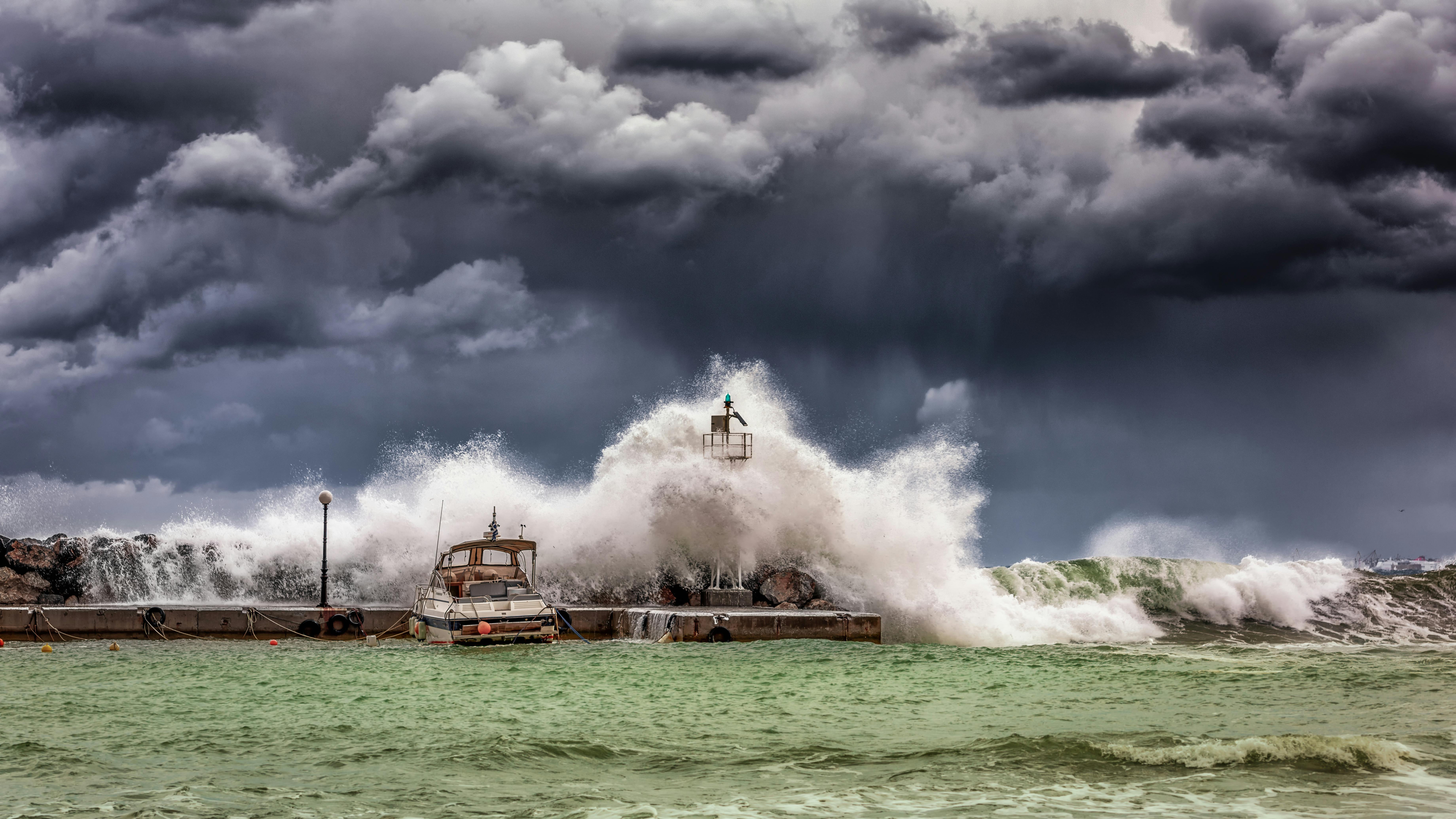How to Still have Adventures with 3 Kids Under 4

How to Still have Adventures with 3 Kids Under 4
Life with 3 young kids under 4 is busy, but with these tips adventures are still calling you!
Written by Kristina Tinsley | See Comments | Updated 07/27/2022
Want to cut to the chase?
Daily Battle Plan

How to Still have Adventures with 3 Kids Under 4
This post contains some affiliate links for your convenience. Click here to read my full disclosure policy.
If you have 3 kids under the age of 4, some people will think you’re crazy. They think that you can’t possibly be able to leave your house anymore, let alone have adventures. Don’t listen to those naysayers, you absolutely can still have adventures with your kids. The more the merrier, right?
I won’t lie though, it won’t always feel easy and a lot more prep work goes into some of those adventures, but the payoff is worth it! When your toddler’s face is grinning from ear to ear splashing in the nearby creek bed you will forget that one tantrum where he/she refused to hike another step.
Adventuring with your kids from a young age sets the stage for how life is going to be for you and your family. Adventures can bring your family closer and open up your child’s imagination. They feed the soul and remind us of the beauty of the world.
Tip #1: Redefine what Adventure Means
An adventure before you have kids could mean a 4-hour hike to the top of a mountain or cycle touring across a country. After 3 kids, in a short amount of time, an adventure is more like a 1-mile hike in the local state park which takes 3 hours.
According to the Oxford dictionary exploring means engaging in a hazardous and exciting activity, especially the exploration of unknown territory. To a young person, you don’t have to go far for them to reach unknown territory. And an exciting activity can be as simple as a new game in the woods behind your house or a scavenger hunt trying to spot animals on a hike.
Adventuring is a feeling that you're an explorer out in nature, discovering and learning. The goal is to instill this feeling into your kids. As they grow your adventures will change and memories expand.
To do so you need to look at the world from their perspective. An adventure doesn’t need to be far away or take all day to do; often the best adventures are close to home.
Pitching a tent in your backyard and camping might sound a bit boring to you. But from a toddler's perspective being able to sleep outside, look at the stars, chase fireflies, and make smores is extremely exciting. Try to match their excitement and see the world with their eyes.
Tip #2: Fall in Love with Babywearing
Often you are limited by the abilities of your youngest child. The solution is babywearing. Your youngest child is often a baby. Babies aren’t walking yet and have to be carried around. Which is easy when you just have one, but nearly impossible when you have two other kids to care for.
A hands-free way to carry your baby is essential. The age of your baby and the type of adventure you have planned will determine which type of babywearing is best. For a baby younger than 6 months, a soft structured carrier will be your best friend. A baby capable of sitting up well can be placed in a hiking backpack which is more comfortable for both parent and baby on longer adventures.
If your youngest can walk you still might want to bring a carrier with you. Little ones tire easily and having a way to carry them can sometimes save the adventure. Your youngest can nap while your older two still have energy to explore.
Tip #3: Pack the Snacks/Lunch the Night Before
Young kids LOVE snacks. While out and about a toddler will endlessly ask what they can eat or when they can eat. Ensure you have enough snacks and drinks with you to fuel your kids. And don’t forget about yourself, adults need food too!
Being a parent of 3 kids under 4, you might not always have all the time in the world the morning of an adventure. The solution is to pack the night before. After putting your kids to bed, spend 10-15 minutes packing up the day bag for the next day. Your future self will appreciate it.
If you are not a night person you can also set your alarm for before your kids wake up and pack in the morning.
Expert Tip: Food also is a good distraction when times get tough on an adventure. If your toddler or baby is getting fussy or about to have a tantrum, redirecting their attention to a snack can often diffuse the situation quickly.
Tip #4: Bring Along Another Adult to Help
Let’s be honest, adventuring out with 3 kids under 4 by yourself can be hard. If you can recruit another adult to help you, do so. Perhaps a grandparent lives nearby, a friend, or another family member. The worst that can happen is that person says no.
Ask one of your kids' friends and their parents to join you. You will be adding another child to the mix, but having another adult to talk to and help goes a long way. This way if you have to take one of the kids to the bathroom you might not have to bring the other two with you.
Having another adult isn’t admitting defeat. Some adventures can just be you with the kids and other times more include more people. It helps to mix things up and you will notice your children act differently around different people.
Expert Tip: If your children act up more around a certain individual it might not be best to bring that person along.
Tip #5: Plan for the Unexpected: Extra Clothes/Shoes
3 kids means there will be even more possibilities of ways for your adventure to go wrong. A child is potty training and has an accident, the baby spits up all over their clothes or you didn’t anticipate your toddler falling in a pile of mud.
The key is to plan for these unexpected events. Assume anything that can go wrong will. Pack extra clothes and shoes for each child. You never know where your child might find puddles or streams to get their shoes soaked in.
Always adventure with a small first aid kit. Three kids means you can’t always watch every move they make, and you shouldn’t. Kids need room to explore, as long as safety isn’t a concern.
Before leaving the house make sure everyone that is potty trained (including you!) has used the bathroom. Even when they say they don’t have to!
Tip #6: Don’t Set High Expectations
Barry Schwartz, an American psychologist, said “The secret to happiness is low expectations”. This is especially true when dealing with 3 small people. If you set high expectations of how an adventure should go you will most likely be disappointed.
For example, if you set the expectations that you alone can go on a 1-mile hike to a creek bed and come back in 2 hours, you probably are setting yourself up for failure. Your 2-year-old might get super distracted by flowers on the path and all of a sudden get hungry. It might take him twice as long to get to the creek spot or the kids love the creek so much that they want to stay and play for an extra hour.
Try not to timebox adventures, but let them unfold naturally. If the kids are in good spirits they might want to tinker somewhere for quite awhile. Or if they are irritable, a short adventure might be all they can handle. Go with the flow and read what your kids need that day.
Tip #7: Keep Adventuring Even When It's Hard
Routines help kids anticipate what their day is going to be like and have some form of control. If going on adventures is a normal thing for your family to do, they will get used to going out with you and exploring.
The more you do something the easier it will become. You will learn what works for your family and what doesn’t. Maybe your kids do better exploring in the morning before they get too tired or maybe your kids are best right after lunch or a nap.
Some adventures will be hard. Your kids won’t be in good spirits, maybe they are coming down with something or perhaps just having an off day. Don’t let this discourage you from trying again. Children’s moods are like the weather, constantly changing.
Tip #8: Let Your Children Have a Say
If you have 3 kids under 4, chances are you have two toddlers. Toddlers are big on the word “No” and testing their limits. Allowing your toddler to get a say on what he/she does goes a long way.
The night before an adventure talk to your toddlers. Give them a choice between 2 or 3 adventures that you would be willing to take them on. Let them decide which one to do and watch as their excitement for the adventure grows.
Expert Tip: Toddlers like familiarity. They might like to do the same fun adventure they remember doing a week or so ago. That is okay, no one says you can only experience a location once. Adventuring is about mindset, you can experience the same place a million different ways.
Tip #9: Practice Positive Reinforcements
With 3 kids under 4 years old, it is almost certain one of the kids is going to have a meltdown. Try to stay calm and not let the meltdown/tantrum ruin the adventure; it is completely normal behavior.
Instead, try to use positive reinforcements to change the mood. Perhaps encourage them to calm down by suggesting they can have a snack at a nearby tree if they can stop crying long enough to walk to the tree. When they are able to calm down and listen, ensure you praise them for turning their frown upside down.
Positive reinforcement works best when used before a bad mood/tantrum happens. It keeps the atmosphere fun and kids proud of themselves. For example, ask your toddler to help give out the snacks and praise them when he/she listens. If you see one of your children helping another give lots of praise and maybe even offer a treat or sticker!
Tip #10: Keep It Fun
As an adult sometimes we can forget to leave our troubles behind and just enjoy the here and now. Having small children is a perfect way to relive your childhood. Watch how they play and how the smallest things bring them joy. Their energy and excitement will rub off on you.
Put away your phone and engage with your surroundings. You might just surprise yourself with how much fun you have!
Adventuring with 3 kids under 4 is worth it. The bonds your children create with each other and with you set your family up for a lifelong bond of friendship and love.
Expert Tip: Ask your kids what adventures they would like to do. Create a list together and start ticking them off one by one. Maybe even create an adventure book where you take pictures or collect objects from each adventure.
Start Your Next Step
Daily Battle Plan







-Budget.jpg)
